Content
- How gene transfer occurs
- What is the Y-chromosome doing, and what is the X-chromosome doing?
- What genes are inherited from the father?
- What genes does the mother pass on to the child?
- Future by genotype
- Prevailing genes in children
- How genes affect character and intelligence
- Gender of the unborn child
- Genes and appearance
- Uneven teeth
- Dimples
- The color of the eyes of the unborn child
- The growth of the unborn child
- Hair condition
- Shape type
- Genes and behavior
- Genes and health
- Heart problems
- Mental disorders
- Propensity for autism and hemophilia
- Genes and paternity
- Genes and the influence of climate on ethnos
- Videos about genetics
Genetics affects more than on the behavior of the child, but also lays in his biological program certain physiological characteristics inherent in his parents.
How gene transfer occurs
The transfer of genes from parents occurs according to a certain algorithm, so that it is possible to predict in advance what the child will be like, his talents and physiological characteristics. Previously, it was believed that the process is completely random, however, today there is reliable information that the transfer of genes occurs in a certain way.
At the first stage, the so-called "rewriting" of the nucleotide sequence of the gene takes place. Then the process of "cutting" introns starts. After that, further transmission is carried out in the cytoplasm. Ultimately, after the transfer of information, protein ripening occurs.
What is the Y-chromosome doing, and what is the X-chromosome doing?
The sex of the child in all cases depends on the father, since he transmits the X and Y chromosomes, which are responsible for the male component. The mother only transmits the female X chromosome.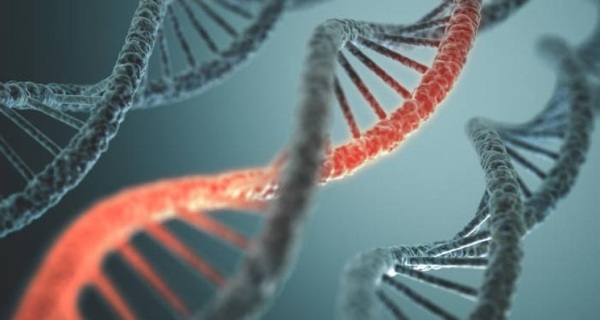
The male chromosome contains fewer genes than the female. Only a small part of the genes from the Y chromosome is responsible for the formation of male sex characteristics. In this regard, if a boy is born, he will be more like a mother.
Girls will not be able to predict their appearance.
What genes are inherited from the father?
The transmission of the genotype from both parents occurs in approximately the same parts. However, the male factor is considered dominant. With the penetration of male sperm, the female body begins to resist foreign elements, and the immune system can attack its own cells until the body comes to terms with this "Invasion".
As a result of this action, the aggressive male factor prevails over the genes of women, so the child contains more paternal genes. The sex of the unborn child also depends on the father. Maternal genes do not participate in this process.
What else is passed down from the father:
- Growth. This indicator can be calculated using a certain formula.
- Condition of teeth. In this case, the genotype of the father prevails, therefore, identical problems with the teeth may occur in the child. At the same time, the sex of the unborn child does not make a fundamental difference. The feature can manifest itself in both girls and boys.
- Childbearing function. If the father has problems with conception, with a high degree of probability, the boy may also develop similar disorders. This factor does not affect girls.
- Next generation gender. It depends on which gender prevails in the father's family. If a man has many brothers in his family, then the probability that a boy will be born increases significantly and can be equal to 100%.
It is believed that men after 45 years of age can pass on mutated genes to children. This may be due to various disorders or age-related changes in the father's body.
What genes does the mother pass on to the child?
Genetics is transmitted from parents to children in approximately the same parts. However, some features of behavior and physiology can only be transmitted through the maternal line.
The mother transfers the weight to the child. If the father is fat and the mother is thin, then the baby's body weight at birth will be within normal limits. If the mother is overweight, then the child will also have problems with being overweight.
According to studies, about the waist of a child depends on both parents and is transmitted equally from both the father and the mother.
Also, some diseases can be transmitted from the mother - muscular dystrophy and hereditary insufficiency of blood clotting (hemophilia).
Future by genotype
By the genotype of the parents, the future of the child can be determined.
The inherited features are the following factors:
- A penchant for learning languages. If parents are engaged in linguistic sciences, then the child will be given language learning much easier than other children.
- Resistance to HIV infections. This feature is also passed on from parents. The risk of developing sexually transmitted diseases in a child is very high if one of the parents has a similar disorder.
- Ability to cope with stressful situations. This feature is partially dependent on the production of hormones - serotonin and dopamine. With a poor immune system, the risks of developing post-stress conditions increase several times.
- Psycho-emotional sphere. Parental genetics influence the future expression of emotions and the ability to cope with them. The predisposition depends on the production and production of hormones, which also depend on the genetics of the parents and are embedded in the genetic code of the child.
- Cravings for alcoholic beverages. The human body has certain genes that are responsible for blocking and oxidizing ethanol, which affects how much alcohol a person can drink at a time. However, heredity in this case does not indicate whether a person will have an addiction or not.
Prevailing genes in children
Genetics is passed on equally from parent to child. However, in some cases, the genotype may dominate in one direction or the other. This can be due to various external and internal reasons.
In most cases, the paternal genes predominate in boys (more than 60%). The genotype is transmitted to girls from both parents in approximately equal parts.
Despite the fact that the child may be more like the mother, it is believed that he is genetically similar to the father. It is believed that the brain develops like the father.
How genes affect character and intelligence
The character is also partly transmitted genetically. A child's aggression or anger may be genetically determined and may not be related to parenting. According to the studies conducted, the hormone oxytocin is responsible for communication and friendliness, the number of receptors for which is genetically determined. However, the upbringing and education of the child plays a significant role in the production of the hormone "happiness".
As for intellectual abilities, they are not transmitted from father to son. If the father has a high or low intelligence quotient (IQ), it will not affect the boy's mental capacity in any way.
In most cases, genetically intelligent abilities are transmitted through the maternal line to both the girl and the boy. In this case, heredity ranges from 40 to 60%, the further is determined by the environment and the knowledge that the child receives on his own.
Gender of the unborn child
The sex of the future cannot be determined in advance at the time of conception, since the genes of both parents influence this factor to the same extent.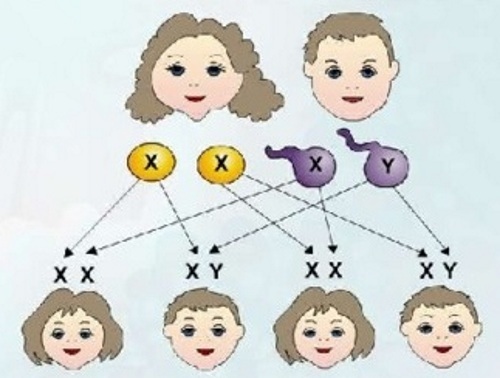
To determine the sex of the child, it is necessary to conduct appropriate studies of the 23rd pair of chromosomes, which are called sex. With the combination of X and Y chromosomes, it can be argued that a boy will be born. If 2 identical pairs of X chromosomes are observed, then there will be a girl.
Genes and appearance
The appearance of the unborn child directly depends on the genetics of the parents. In this case, facial features and other physiological characteristics depend on the sex of the child.
Uneven teeth
The structure of the teeth of the unborn child depends on both parents. However, the father's genes are dominant. Therefore, if a man has uneven teeth, and the mother has normal teeth, then with a high degree of probability the child will also have a similar problem.
Moreover, the gender of the child does not depend on this factor. Pathological changes or individual physiological characteristics of the teeth can occur in both girls and boys.
Dimples
Dimples on the cheeks are related to the location of the facial muscles. This factor is dominant and inherited on the paternal side. If the father has pronounced dimples, then the child (regardless of gender) has a high probability of the formation of such dimples. The dimples on the cheeks are not transmitted along the maternal line.
The color of the eyes of the unborn child
The child's eye color is transmitted primarily through the paternal line by a dominant characteristic. If the father has brown eyes and the mother has blue, then the child is more likely to have brown eyes.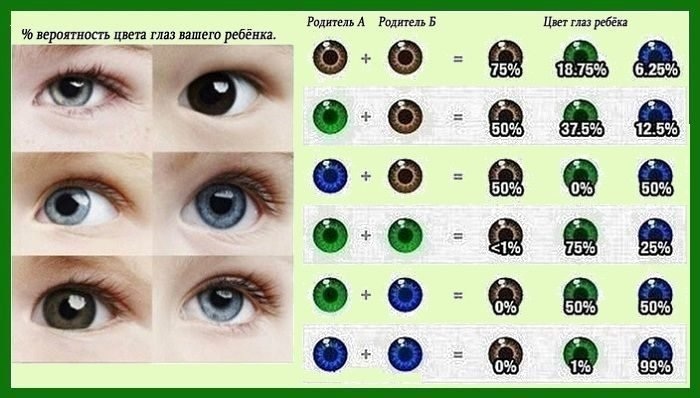
At the same time, in newborn children under 2-4 years of age, eyes are light, therefore, it will be difficult to determine their color before reaching this age.
The growth of the unborn child
Parental genetics also have an impact on a child's growth. At the same time, both the maternal and paternal genotypes have an equal influence on this factor.
The growth of the unborn child depends on both parents and is calculated according to a certain formula.
Calculation example: father's height (180 cm) + mother's height (165 cm) ± 13 cm (for boys, add, for girls, subtract 13 cm). The amount received should be divided by 2.
Hair condition
Hair condition and color is also transmitted genetically. However, their color can be accurately determined only when the child reaches 3-4 months of age.
Curl or hair color is determined by the presence of a dominant dark pigment. The gender of the parent has less influence on this physiological factor.
| Father's hair color | Color your mother's hair | Hair color in a child |
| dark | light | dark / blond |
| light | light | light |
| not red | ginger | not red |
| light | dark | Dark |
| ginger | ginger | ginger |

Curly hair can be passed on from both parents, but paternal genes play a predominant role. Thus, if the father has curly hair, but the mother does not, then there is a high probability that the child will also have curly hair.
Shape type
Body type is also a hereditary factor that is passed down from both parents. If both parents are overweight, then the child is likely to have weight problems as well. In this case, the probability of passing the obesity gene is about 50%.
If both parents are slim or athletic, then the child probably won't have weight problems.
It should be borne in mind that such genes in parents are formed under certain conditions - a sedentary lifestyle, malnutrition, diseases. In other cases, the genes for "obesity" are in an inactive phase.
Genes and behavior
A child's behavior can also be part of a hereditary program. However, gene transfer from both parents occurs only in 50% of cases. The remaining 50% are related to the environment, upbringing and other factors.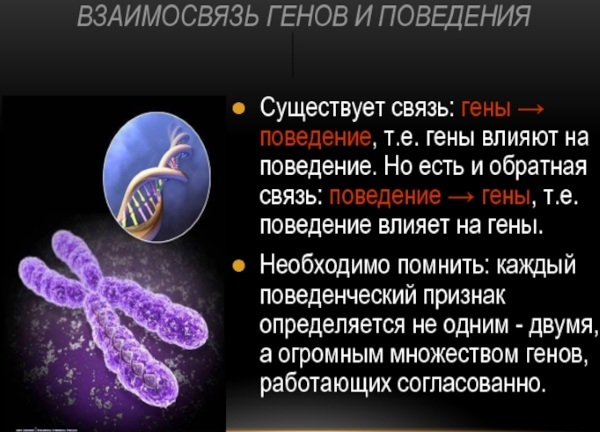
For example, aggression is the predominant male feature, therefore, it will be present to one degree or another in a boy. In girls, this feature is manifested to a lesser extent.
It should be borne in mind that behavior and genes mutually influence each other. Thus, when the model of behavior changes, human genetics can change.
Genes and health
Health problems can be inherited from both parents. Chronic diseases in a father or mother significantly increase the risk of developing similar diseases in children, regardless of gender.
Heart problems
The risks of developing cardiovascular diseases increase manifold if the parents had or have similar pathologies in the family. At the same time, these risks are reduced if heart problems develop in parents after 65 years.
Such violations are transmitted from both the father and the mother. However, predominantly cardiovascular diseases are inherited by the child from the maternal side.
What hereditary pathologies can occur:
- myocardial infarction;
- cardiomyopathy of various forms;
- canalopathy;
- diabetes;
- atherosclerotic lesion;
- hereditary hypercholesterolemia.
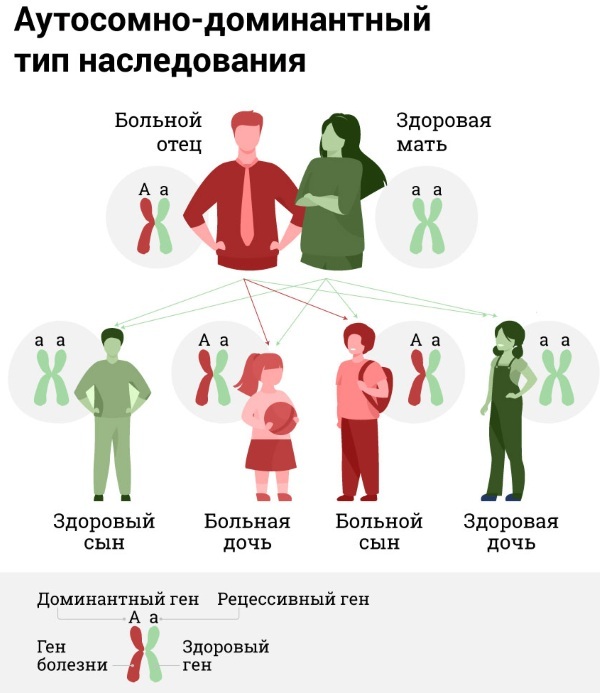
The chances of a child developing similar heart problems are about 50%.
Mental disorders
Genetics can be passed from parent to child with some of the abnormal mutations and changes that exist in the father or mother. This also applies to disorders of the psyche and nervous system. There are several major mental disorders that can be inherited from both parents.
The most disorders of the nervous system are the following diseases:
- Parkinson's disease. The risks of hereditary development of the disease are minimal. The syndrome develops in old or old age after 65 years.
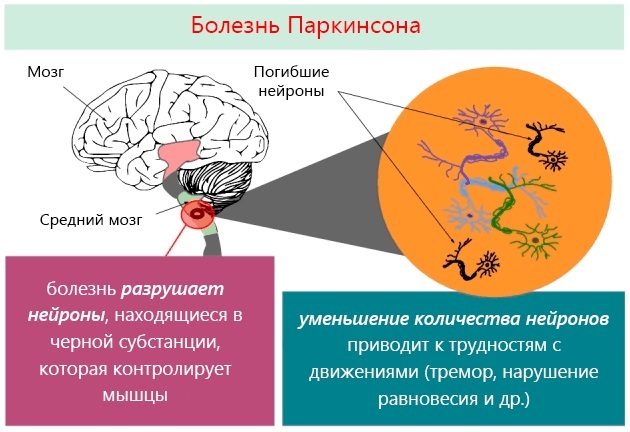
- Amyotrophic lateral sclerosis. The disorder occurs in persons over 40 years of age.
- Alzheimer's Syndrome. Risks of disease transmission are moderate.
- Chorea of Huntington. The disease develops in people from 20 to 50 years old. The risks of hereditary transmission of the disease are high and amount to 50%. The disorder is most often transmitted from the mother.
- Batten's disease. Pathology can develop in childhood or adolescence and in any case is fatal.
- Epileptic seizures. The condition can develop between the ages of 5 and 18 and is the most common genetic disorder.
- Schizophrenia. Development risks are below average.
- Becker's Syndrome. The first symptoms can occur between the ages of 10 and 15.
Among identical twins, the risk of developing hereditary schizophrenia is 100%. In non-identical twins, the risk of developing the disease is about 50%.
Propensity for autism and hemophilia
Genetically determined autism can be transmitted from both father and mother. At the same time, mutated X chromosomes are responsible for the development of the disease, in which breaking occurs.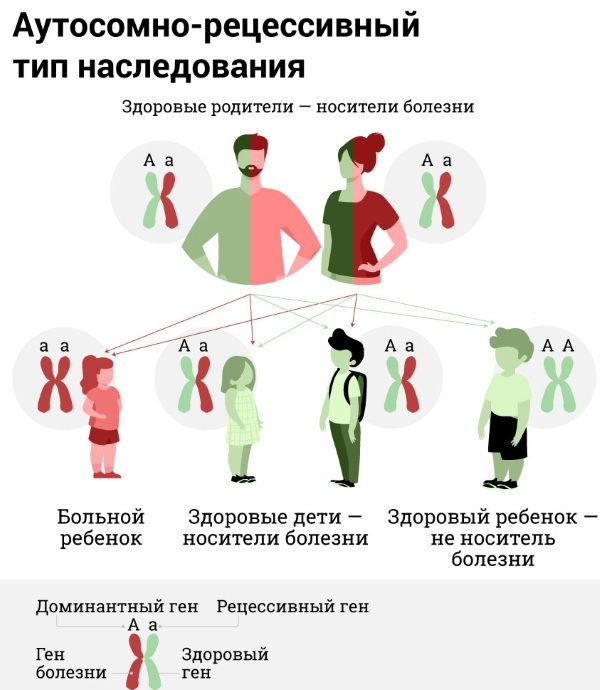
Boys have this disease more often than girls. Studies have shown that in some cases, autism can be transmitted to a boy from the mother, even if she does not have symptoms of the disease. It is assumed that girls have resistance to mutations in genes responsible for the development of pathology.
In non-identical twins (if one of them has a mutation), the risk of developing a second child is 40%. Identical - about 80%.
It is possible to determine in advance the presence of a X-chromosome break in a fetus using special tests. However, this technique is not able to identify all mutations in the gene.
Hemophilia is passed from mother to child. The disease is caused by the presence of a recessive gene, which is responsible for changes in the functions of the human blood. In this case, the pathology develops only in boys, the disease does not affect girls.
The gene for hemophilia is in combination with the X chromosome and the probability of its occurrence is 25%. If the father is completely healthy, and the mother is sick with hemophilia, then the likelihood of the disorder increases to 50%. Usually the disease develops at the age of 2 years.
Genes and paternity
Genetics from parents to male children can be transmitted and affect the child's sexual function. The ability to conceive and fertilize in men is also determined by hereditary predisposition. In this case, pathology is transmitted in most cases from father to son. It is believed that if a man has problems with conception, then the son, most likely, may also show signs of infertility. The probability is about 50-60%.
Genes and the influence of climate on ethnos
A child's behavior is shaped by genetically determined factors and external conditions, including climate. It is believed that people born in southern countries are more active than those born in northern regions of the world. This is considered the norm. However, cold weather is typical for Russia, so children need to make more movements. At the same time, some parents may perceive such urges as hyperactivity.
Also, this behavior of children may be due to the fact that people who have lived in the south for a long time once moved to northern countries, but the genetic predisposition remains. In any case, you need to be sure that the child does not suffer from any disorders, and his behavior is a natural hereditary reaction.
It is possible to determine the physiological characteristics of the unborn child in advance when planning pregnancy, then you can prepare for parenting and all the features of the baby that he will have manifest. To do this, you should contact a medical institution and take all the necessary measures, including drawing up a genetic tree. Trained parents will be able to better understand and educate their child.
Videos about genetics
Which genes are passed on to children from dad, and which from mom:
